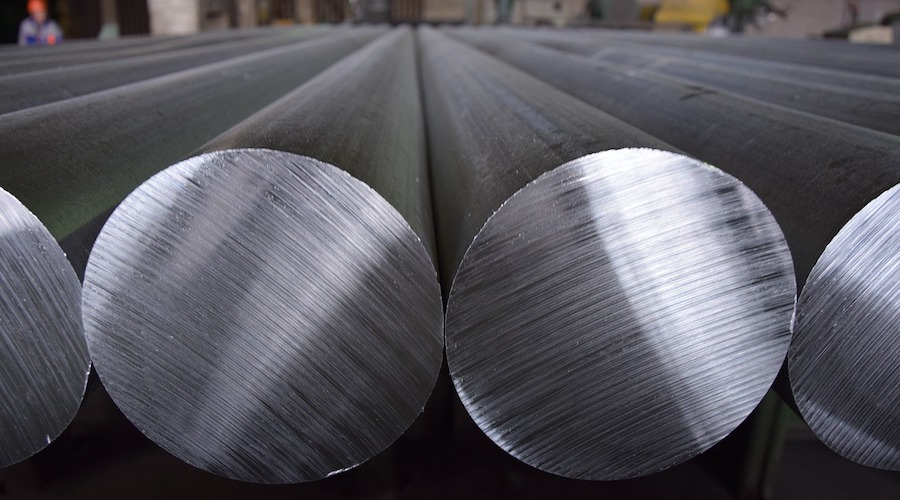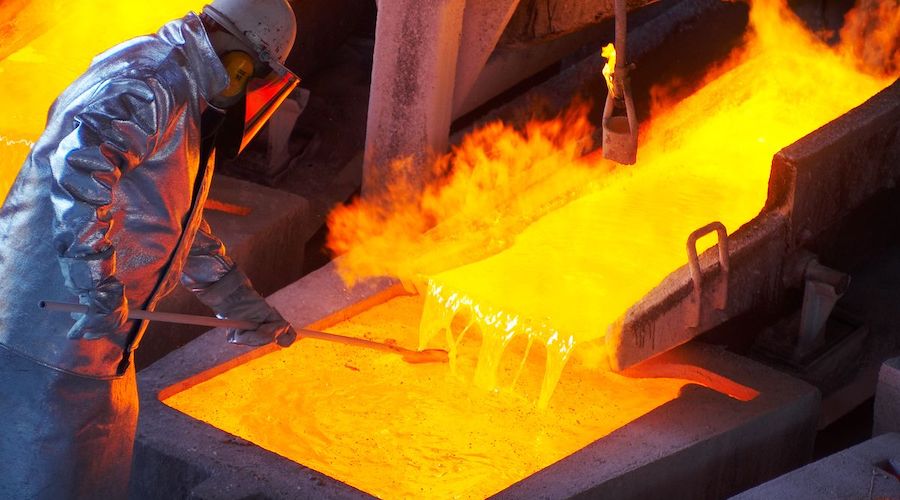Column: Booming CME contract a sign of aluminum’s Atlantic drift

Activity on the CME’s aluminum contract has shifted up several gears in recent months with volumes surging and the number of participants expanding.
It’s still small relative to the London Metal Exchange (LME), which isn’t going to lose its status as benchmark price-setter any time soon. Nor will the Shanghai Futures Exchange (ShFE) stop being the dominant futures price reference for China’s giant aluminum sector.
Rather, the significance of CME’s fast-growing aluminum contract is what it says about aluminum’s shifting dynamics.
The global market is becoming less globalized and the US is starting to drift away from everyone else thanks to the combination of import tariffs and penal duties on Russian metal and Chinese products.
The emergence of a North American pricing point is a logical evolution in this tectonic realignment of the market landscape.

Physical drift
The CME’s first aluminum contract was delisted in 2009 after the US exchange failed to lure users away from the dominant London market.
It was ironically the LME itself that opened the door again for its US rival a few years later.
Long load-out queues at LME warehouses in Detroit caused US physical premiums to surge. The LME price stayed low but buyers were paying ever more for their metal and were unable to hedge the pricing gap.
The CME launched a US Midwest premium contract in 2013 followed a couple of years later by European and Japanese premium contracts. Volume last year across the four contracts totalled almost four million tonnes.
The LME’s premium contracts, launched much later, notched up volumes of just 202,000 tonnes last year.
The Midwest premium briefly converged with the rest of the world before ballooning wider again when the Trump Administration imposed 10% import duties in 2018.
The Biden Administration’s policy of de-risking supply by closing the door on Russian imports has cemented the structural divergence with other regions.
US physical buyers are currently paying around $387 per metric ton over the futures price for metal. Those in Europe are paying around $250 and Japanese buyers just $120.
That futures price has until now been set on the LME. But maybe for not much longer.
Growth spurt
The CME tried again in 2014 with a futures contract to match its premium products but it lapsed into disuse late 2017 and didn’t trade at all until July 2019.
The trigger for the renewed interest was the CME’s decision to expand its delivery network from US locations to international ports, particularly those with physical arbitrage opportunities with the LME warehousing network.
Registered stocks were zero prior to June 2019. Today they stand at 45,905 tons, most of it in heavily-used LME locations such as Malaysia’s Port Klang and Gwangyang in South Korea.
With inventory has come trading volume. Activity in the aluminum contract nearly tripled last year to 30.6 million tons. That’s dwarfed by the 1.4 billion tons transacted on the LME, although the difference is accentuated by the LME’s unique trading system.
A more useful comparison is with the ShFE, which like the CME, offers a vanilla cash-settled futures contract.
CME volumes in the first two months of this year came to 9.3 million tonnes, compared with 44.0 million in Shanghai. And the US product is still growing fast.
So too are the number of users, over 600 last year compared with 357 in 2022, according to the exchange.
CME has also launched aluminum options, which just recorded their best volume month in February.

CME all-in aluminum
Although the CME’s rising aluminum fortunes have until now been linked via arbitrage with those of its competitor across the Atlantic, there are signs that the contract’s success is generating domestic traction.
A key development came in April last year, when price reporting agency Platts, part of S&P Global Commodity Insights, began publishing a CME-basis all-in price.
Whereas physical buyers would previously hedge their basis risk on the LME and their premium risk on the CME, the new pricing tool allows both components to be executed on the CME.
Domestic players such as PerenniAL Aluminum are now offering buyers a CME all-in price reference in this year’s term supply contracts, according to CEO Brian Hesse, quoted in a CME update on the contract.
Industrial users are being joined by investors.
United States Commodity Fund (USCF) announced the launch of the USCF Aluminum Strategy Fund in October. It will trade basis the CME contract, hoping to attract investors looking for exposure to aluminum as a critical energy transition metal.
Although included in all the major commodity indices, aluminum has to date failed to attract much retail speculative interest. CME, which offers investor friendly micro products in both precious metals and copper, would seem a good fit for smaller players unable to access the wholesale market in London.
CME is assembling the building blocks to become an aluminum price-setter for the North American market.
Regional splits
This is not necessarily bad news for either London or Shanghai. Three regional futures exchanges can be mutually beneficial thanks to increased arbitrage possibilities.
Copper, which has traded on US exchanges since the nineteenth century, is a good example of profitable co-existence.
But for aluminum, shifting from London dominance to regional price formation is a completely new development.
It is, though, no more than a reflection of geopolitical reality as what was a highly globalized supply chain drifts apart into trading blocs.
(The opinions expressed here are those of the author, Andy Home, a columnist for Reuters.)
(Editing by David Evans)
{{ commodity.name }}
{{ post.title }}
{{ post.date }}

Comments